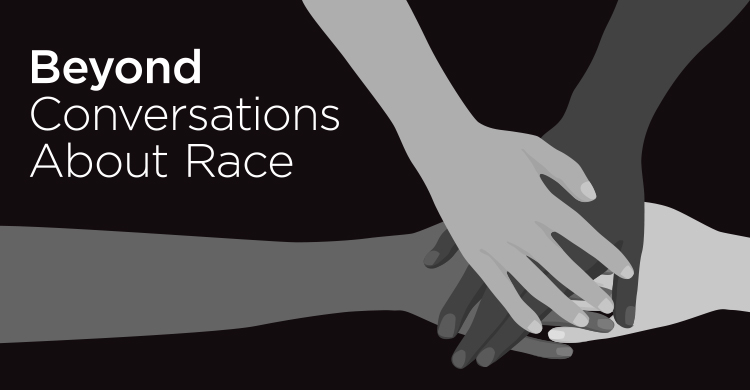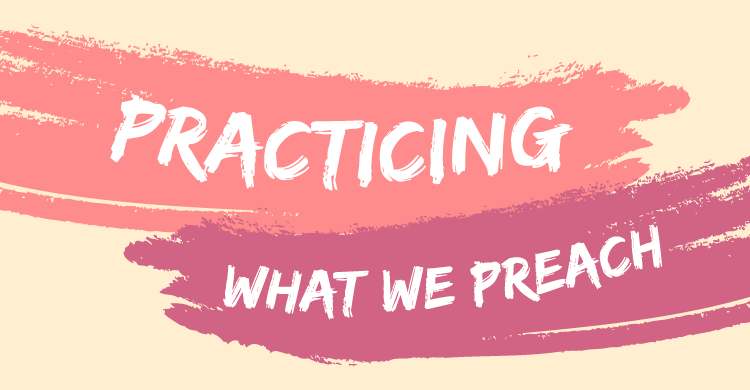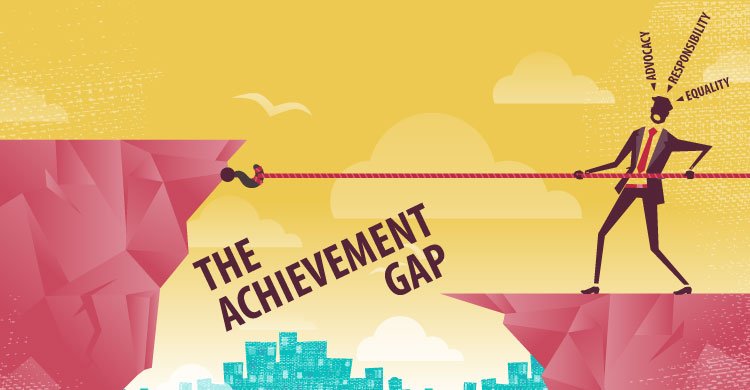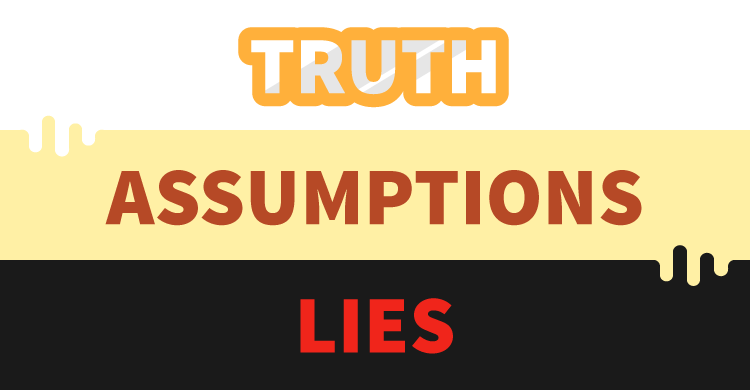What Next? COVID-19 and the Uncertainty of the Future
The month of March 2020 will always have a prominent place in my personal history.
Read More

The month of March 2020 will always have a prominent place in my personal history.
Read More
What’s wrong with conversation? Certainly, communication is important, but action is far more important. Although
Read More
An essential characteristic of a true professional learning community is continuous improvement—a “persistent disquiet with
Read More
It is clear that the paths taken in the past to close the achievement disparities
Read More
This post is part of a series on In Praise of American Educators (And How
Read More